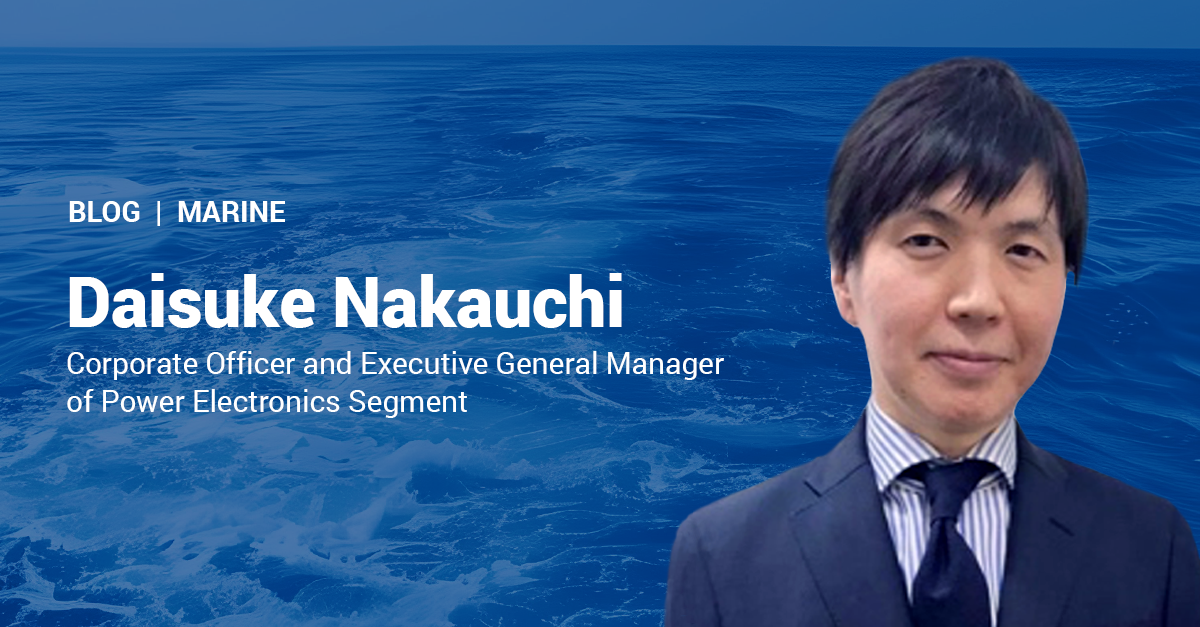Japan is focusing on electrification of its coastal shipping industry as an important part of the country’s push to meet 2050 IMO regulations. In July, the government announced a JPY 60 billion national project to create a zero-emission coastal shipping industry.
One of the world’s largest coastal shipping industries
Japan’s geography favors coastal shipping. The long, narrow country is mountainous and surrounded by ocean, with most of the population living near the coasts. As a result, Japan’s domestic shipping fleet is one of the largest in the world.
Ships operating domestically move more than 87 million passengers and 350 million tons of goods across more than 400 inhabited islands. Roughly,40% of domestic freight and 80% of the raw materials needed for Japanese industry are moved by coastal shipping. The government has been pushing to raise these numbers and thereby make the transportation industry more efficient, reduce overall carbon dioxide emissions and relieve congested highways.
Coastal shipping is already an environmentally friendly means of transportation. Moving cargo by boat produces only about 20% of the carbon dioxide emissions produced by trucks moving the same weight over the same distance. However, reaching net-zero emissions for this important sector of Japan’s marine industry is essential to achieve carbon neutrality by 2050.
Moving toward net-zero emissions
Japan has already been seeing movement toward all-electric vessels in the domestic sector, especially for small, short-distance shipping.
A 35-meter-long battery-powered electric passenger ship began operations in 2019, two zero-emission battery-powered electric propulsion tankers are operating as marine fuel supply vessels in Tokyo Bay, and a hybrid coastal bulk carrier running on LNG and lithium-ion batteries went into service in 2024. A zero-emission container ship with swappable batteries for domestic shipping is in production with a completion date of 2027. Many companies are working toward carbon neutrality from the desire to be socially responsible, but as with many such projects, recovering initial investments isn’t easy. In addition, most coastal shipping businesses are small. As of mid-2023, over 2,800 businesses operated more than 5,200 vessels, with 99% of these enterprises being small and medium-sized. Many of these are using aging vessels and struggling to find enough manpower, and those seamen in the industry are often older.
Electrification and automation are expected to help in these areas.
Essential government support
However, government involvement is an important driver. The government’s announcement in July stated that this national project – the largest ever – will be investing JPY 60 billion over five years, starting in 2025. The goal is the construction of zero-emission ships, including electrified ships, and all the money is earmarked for the development of production facilities and implementation.
This is an exciting time for Japan’s maritime industry. With government incentives, projects will be able to move forward much more quickly.
Marine electrical products and expertise
Electrification of coastal vessels will include batteries, electric propulsion motors, shaft generators and the associated DC switchboards. In addition to reducing GHG emissions, electrification is expected to improve the working environment in engine rooms and elsewhere on the ships.
BEMAC has taken a keen interest in the electrical needs of marinevessels since its founding in 1946 and keeps up to date on the latest technological advancements in marine electrification.
Together, BEMAC and The Switch look forward to contributing their years of expertise and their innovative products to these electrification projects to serve Japan’s coastal marine shipowners, customers and the world community.
Corporate Officer and Executive General Manager of Power Electronics Segment
Daisuke Nakauchi
Daisuke Nakauchi leads his team in developing new businesses that leverage power electronics technology, such as ship electrification, to contribute to reducing GHG emissions in the maritime industry. Prior to joining BEMAC, he gained extensive experience in formulating and implementing intellectual property, data and IT policies for the Japanese government, including work for the Cabinet Office, the Ministry of Economy, Trade and Industry and the Japan Patent Office. In April 2020, he had a temporary position at Imabari City Hall, located in his hometown, where he developed a passion for the maritime industry, eventually leading him to join BEMAC. He holds a Bachelor’s degree in Electrical Engineering from Hiroshima University and a Master’s degree in Law from the University of Washington.
